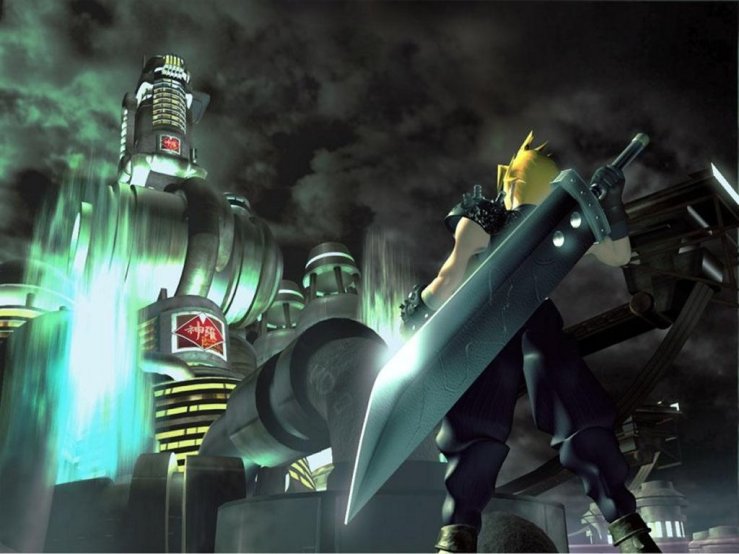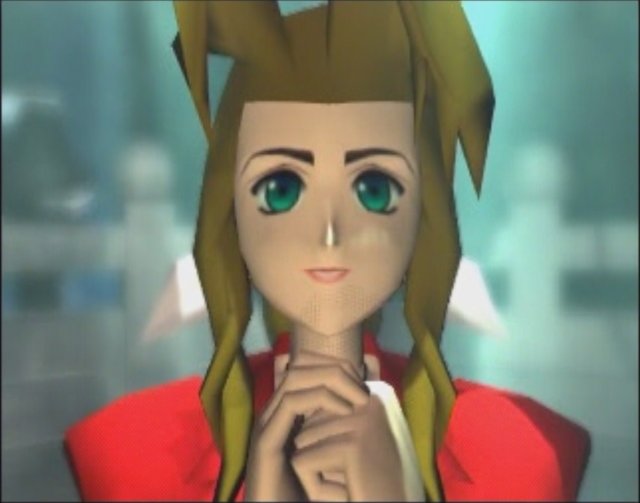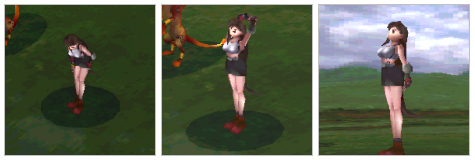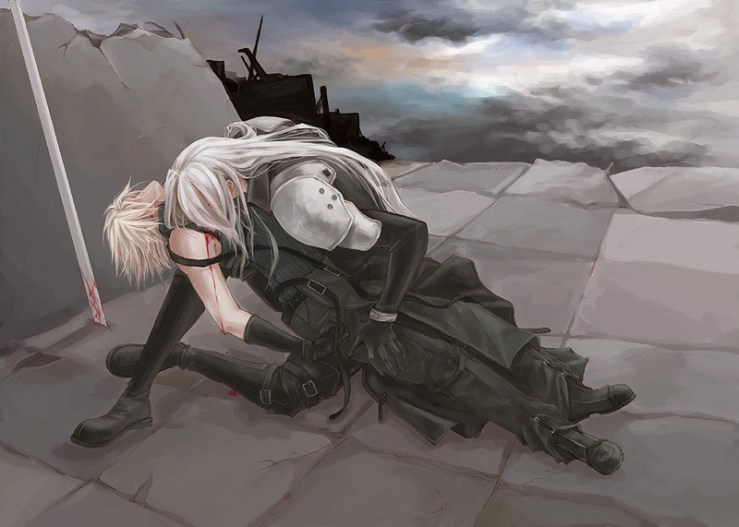Once upon a time, when I was an undergraduate, I had the opportunity to take a translation seminar with one of the finest translators of Japanese literature into English. The course texts she selected for the seminar presented all manner of interesting translation challenges, and she brought in a number of fantastic speakers from the Kyoto-based Society of Writers, Editors, and Translators to discuss these challenges with our class. Unfortunately, I was not able to take full advantage of this seminar; it was as if these professional translators were teaching us translation calculus, and I still didn’t grasp basic translation algebra.
I just finished a tertiary round of edits for two major translation projects, and I’ve noticed a number of patterns in the areas I’ve repeatedly needed to adjust. Once I became aware of the currents my editing was following, I started to imagine that I was getting at some of the basic and fundamental issues of Japanese-to-English translation. If I could go back in time and give my fledgling translator self some advice, this is what I might say…
(1) Japanese sentences tend to begin with prepositional phrases and other subordinate clauses that separate the subject from the verb. Although sentence variety is important in English, simple subject-verb-object sentences are the foundation of muscular and fluent English prose. Consider splitting a sentence into two sentences if the sheer number and frequency of subordinate clauses render a literal translation of that sentence into a hermeneutic puzzle in English. Also, never be afraid to switch the order of words in a sentence if it sounds better to your ear, such as in the case of placing adverbs after verbs instead of in front of them.
(2) Letting the reader know that information is hypothetical or coming from a secondhand source is a common feature of Japanese, but an overuse of expressions such as “it seems,” “I heard that,” “someone said,” “it’s often said,” “perhaps,” and “maybe” tend to weaken English prose. If the information being presented is obviously a subjective impression or something that the narrator/speaker would have no way of knowing on a firsthand basis, it’s usually safe to omit the attribution markers.
(3) Adverbs, especially temporal adverbs, are much more tolerated in Japanese writing than they are in English writing. If adverbs or adverbial phrases such as “suddenly” or “after a while” are clear from the context, the translator should feel free to omit them. Also, if the meaning of an adverbial phrase can be transferred to a verb, such as in the case of “said in a loud voice” becoming “shouted,” then the translator should consider doing so. This is not diluting the author’s language but rather transforming strong writing in Japanese into strong writing in English.
(4) Avoid the passive voice whenever possible. If the subject of a passive sentence can be inferred, insert it into the sentence and change the verb to the active voice. The implications of the passive voice are interesting and valuable but can usually be deduced in other ways, and passive sentence structures are much more common and natural in Japanese than they are in English, where they can quickly become jarring to the reader.
(5) The literal translation of the triple and quadruple negatives of Japanese rhetoric sounds ridiculous in English, a language in which a single negative or positive statement is usually considered infinitely more articulate.
(6) Think twice about retaining honorific titles such as “san,” “kun,” “chan,” “buchō,” “kachō,” and “sensei” in your English translation. Such Japanese-isms can feel gimmicky, and often they are not necessary to convey the relationships between characters. Moreover, if honorifics are maintained in translation, it may still be difficult to make the reader aware of what it means when a name is used without honorifics. Japanese is well known for being able to express multiple levels of formality, but English is no slouch at conveying degrees of distance and friendliness, and the manner in which two characters speak to each other can mean much more to the reader than which honorifics they use.
(7) The written approximation of dialect is common in Japanese, but don’t try to “translate” dialect into an English equivalent unless you feel absolutely comfortable doing so. The written approximation of dialect in English will almost always appear goofy and corny to the reader. Different grammatical patterns, tonal registers, and word choices will usually help to convey dialect better than means such as replaced, duplicated, or truncated vowels.
(8) When faced with the task of translating untranslatable words, consider not translating them. You have a smartphone, your grandmother has a smartphone, your four-year-old daughter has a smartphone, and it’s not difficult to run a quick Google search for something like “kotatsu” or “umeshu.” Even without outside sources, your reader will generally be smart enough to get an approximate impression from the context. When it comes to brand names, it’s especially easy for the reader to figure out what’s being referred to from the context, and it’s generally best to leave them be without any footnoting or inserted explanation. In some cases, however, leaving a word untranslated can feel silly and pretentious to the reader, so it’s helpful to have an ideal reader in mind and cater to the presumed knowledge, tastes, and expectations of that reader.
(9) When it comes to puns, jokes, proverbs, idiomatic expressions, and made-up words, crowdsourcing translation solutions is always an option. This is why Al Gore invented the internet back in the eighties, so feel free to use social networking sites such as Twitter and Facebook as your own personal dictionaries of creative genius. Some of the problems you face in translating certain words may also be an issue of relative expertise, so there’s no shame in relying on other people for help if you need to know more about how to refer to certain foods, colors, meteorological phenomena, or American sci-fi stories from the seventies. Translation is just as much of a research project as it is an art, but there’s no need for research to be a solitary task in a lonely room full of dusty books (unless of course you’d like it to be).
(10) Make sure you do at least one read-through of your translation while completely separated from the original Japanese text. Even if you have a crystal clear translation of a certain word, expression, or passage, it’s all but worthless if it doesn’t gel with the rest of the English on the page. Also, if you can exchange favors for translation checking, proofreading, and copyediting, do so and count yourself fortunate. If your ideal reader is an actual person, then let her actually read your drafts. Translation is difficult and complicated work, and you might be surprised by the things you miss as you juggle multiple documents and languages.
Finally, don’t let anyone get you down with analogies about how a translation is like a woman who can’t be pretty and faithful at the same time, or about how reading a translation is like having sex while wearing a condom, or about how the translator does damage to a text by forcibly penetrating it with a phallus-pen. Such analogies are not only gross but also inane and banal. Translation is awesome, and being able to read things originally written in a different language is an amazing privilege for those of us who benefit from translation. Some of the best English prose I’ve ever read has come in the form of translated literature, to be honest. For what it’s worth, the word games and creative challenges of translation are also an enormous amount of fun.
If you’ve just started translating from Japanese into English, good luck! And check out the Kyoto Journal‘s wonderful piece They Who Render Anew for inspiration.





